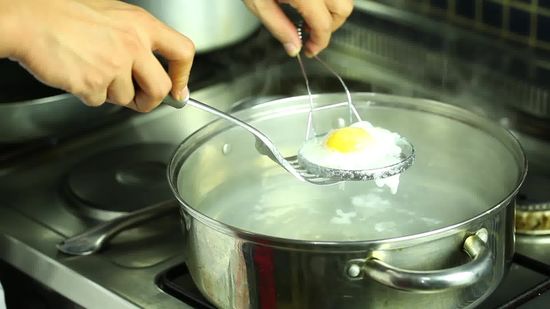
Poaching is a gentle, low-temperature cooking method perfect for delicate proteins like fish, chicken, eggs, and fruit. By using a barely simmering liquid, poaching preserves moisture, enhances flavours, and ensures tenderness. Chef Abdul, a master of classic culinary techniques, explains, “Poaching is all about precision and patience—once you master it, you’ll unlock a world of elegant, flavorful dishes.”
Here’s your guide to perfecting the art of poaching for tender, delicious results every time.
What is Poaching?
Poaching involves cooking food in liquid at a low temperature, typically between 160°F and 180°F (71°C–82°C). Unlike boiling, which can toughen proteins, poaching uses gentle heat to preserve texture, moisture, and flavour.
Benefits of Poaching
Chef Abdul’s Insight: “Poaching is the ultimate balance of simplicity and sophistication—a method that allows the ingredients to shine.”
Essential Equipment for Poaching
Step-by-Step Poaching Techniques
The poaching liquid forms the foundation of your dish’s flavour. Select based on the protein and desired taste profile:
Chef Abdul’s Tip: “Your liquid is more than just a cooking medium—it’s a chance to infuse bold or delicate flavours into the protein.”
Use a thermometer to check the internal temperature of the protein:
Chef Abdul’s Tip: “Resting allows the flavours to settle and the protein to maintain its delicate structure.”
Poaching Techniques for Specific Proteins
Pro Tips for Perfect Poaching
Common Poaching Mistakes to Avoid
Chef Abdul’s Tip: “Keep poaching subtle—gentleness is key to achieving perfect texture and flavour.”
Serving Ideas
“Poaching is a timeless technique that brings out the best in your ingredients,” Chef Abdul shares. “It’s a balance of precision and care, creating tender, flavorful, and unforgettable dishes.”
With practice and attention to detail, poaching can transform simple proteins into restaurant-quality meals. What’s your favourite protein to poach? Share your tips and recipes in the comments below!
Chef Abdul © Copyright 2024. All rights reserved.